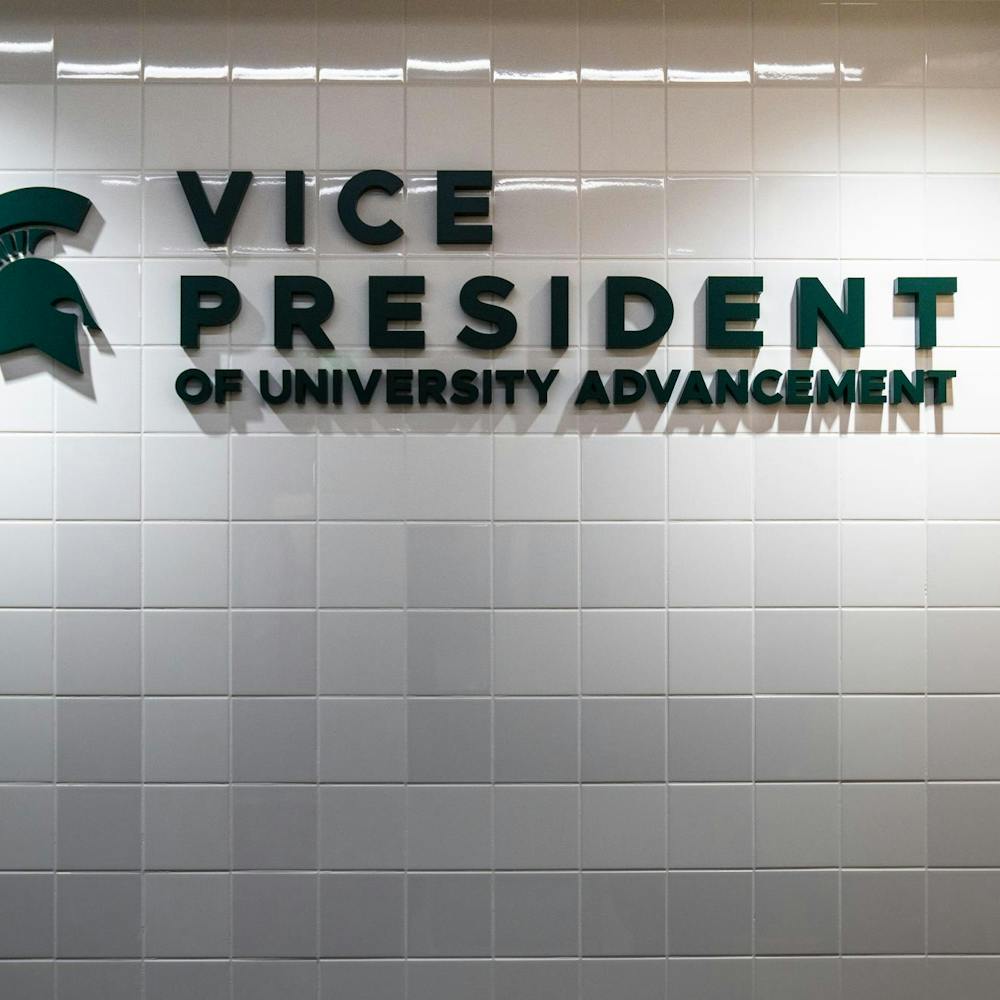It’s no big secret that state funding for universities, including MSU, has taken cuts over the past 10 years. That has some advocates pushing for the recently reported $482.6 billion 2013 revenue surplus to go toward higher education.
One such advocate is Michael Boulus, executive director of the Presidents Council, State Universities of Michigan, which lobbies for the state’s 15 public universities.
Boulus said he wants lawmakers to make up for deep budget slashes over the past 10 years. But Boulus said that would take a yearly increase of $100 million a year, for 10 years. So while the extra money wouldn’t make up for those cuts, he said it’s a good start.
“We’re doing this in baby steps,” he said.
But how much public funding was gouged over the years?
The state funded slightly more than $5,000 per student in 1993, with that money used to keep tuition rates down. But now that figure is closer to about $3,000 per student for 2013, roughly a 36 percent drop, according to the organization. That number jumps to a 48 drop when adjusted for inflation.
It’s a disconcerting trend for college students — as tuition and fees continue to rise, state appropriations for public colleges and universities drop. Lawmakers proposed a 3 percent increase this year, a difference of $25 million, but Boulus said that doesn’t cut it.
Still, some students have kept their heads above water.
For example, studio art and advertising junior Stephen Foster, also a member of the MSU track and field team, said he has roughly 80 percent of his tuition paid through scholarships.
“I’m [an] African American student-athlete from a single parent home. My mom makes about $17,000 a year. I make less than $4,000 in the summer,” Foster said.
He said he expects to graduate with about $20,000 in debt, lower than Michigan’s average student debt burden of $27,600 in 2011, according to the Institute for College Access and Success.
Foster said he can’t take out any more loans without it “cannibalizing” the others. If he were to receive more, it simply would result in other loans evaporating.
“There’s really no point,” he said.
MSU economics professor Charles Ballard, said “we would be wise to spend some of the money on education.
“The higher ed budget was subject to pretty savage cuts for most of the decade, and I think that’s a problem. Some talented young people may look at the stiffer price and give up on their
aspirations.”
But Ballard said the higher priority should be early childhood education.
“You don’t want to start the race behind.”
Still, more state funding to universities would drive down tuition prices, but the battle has only just started over where the revenue surplus will actually go.
Support student media!
Please consider donating to The State News and help fund the future of journalism.
Discussion
Share and discuss “Groups push for more higher education funding” on social media.






